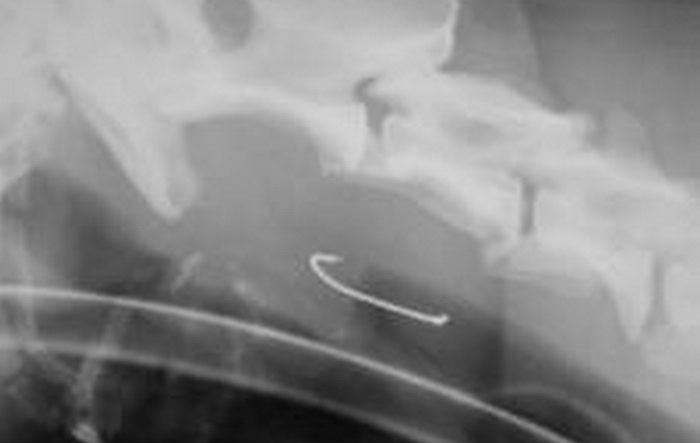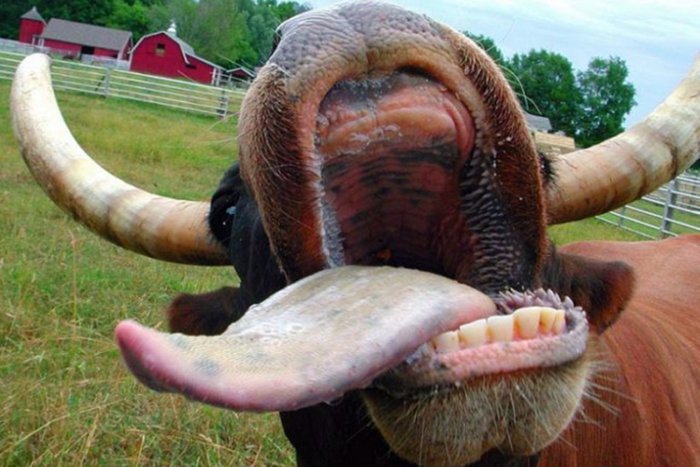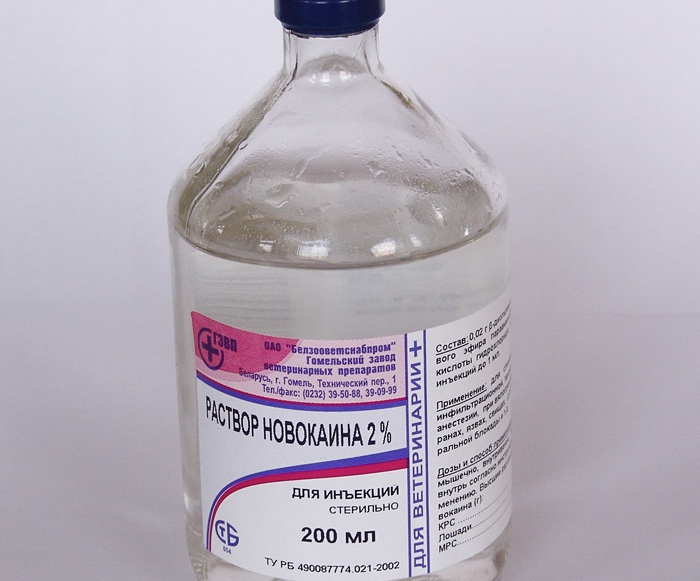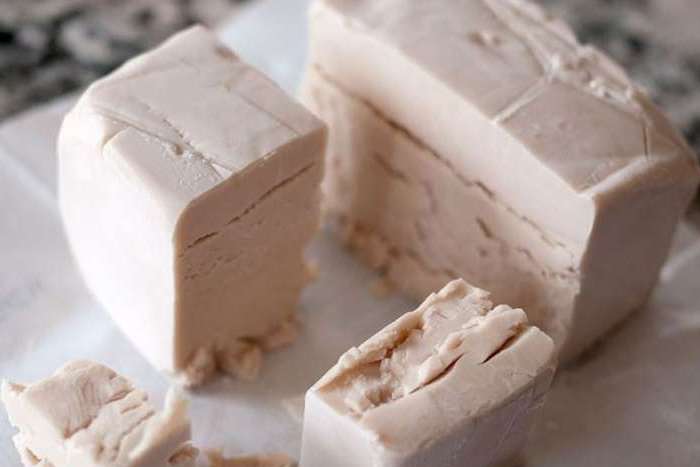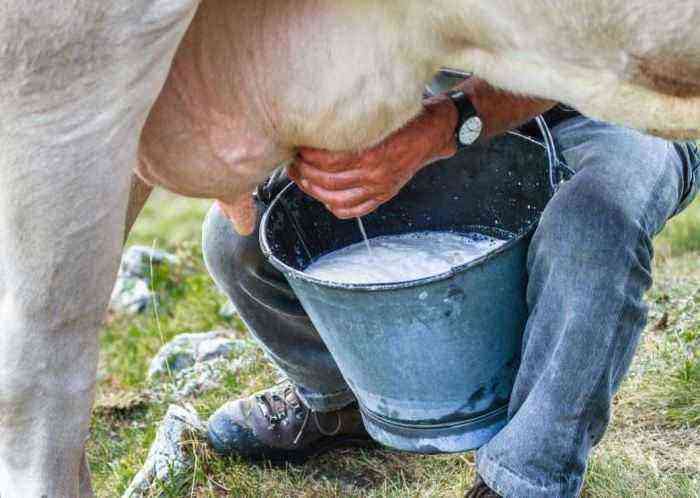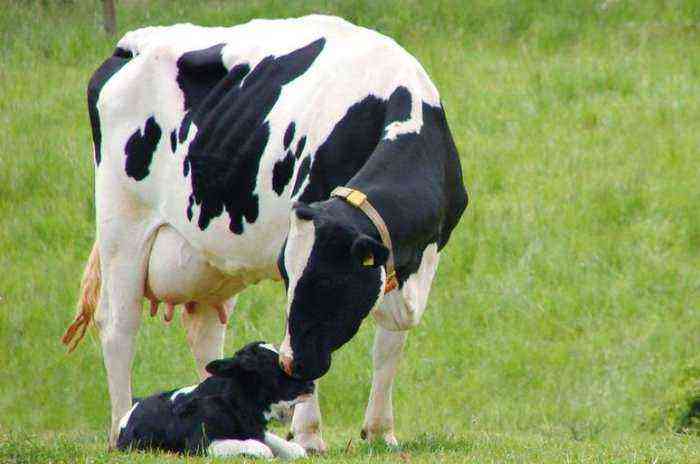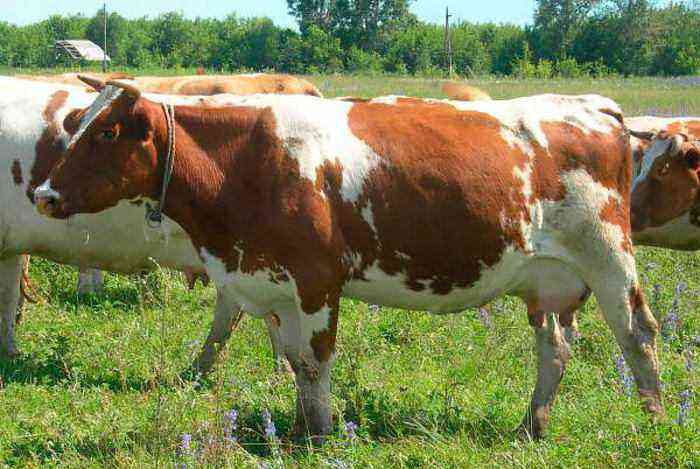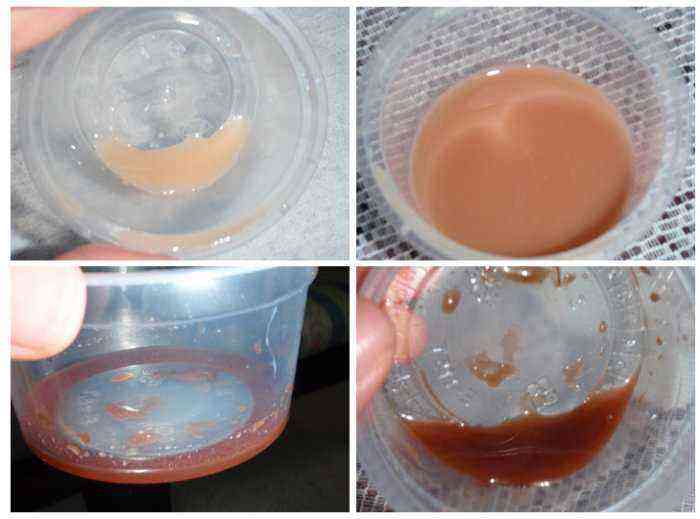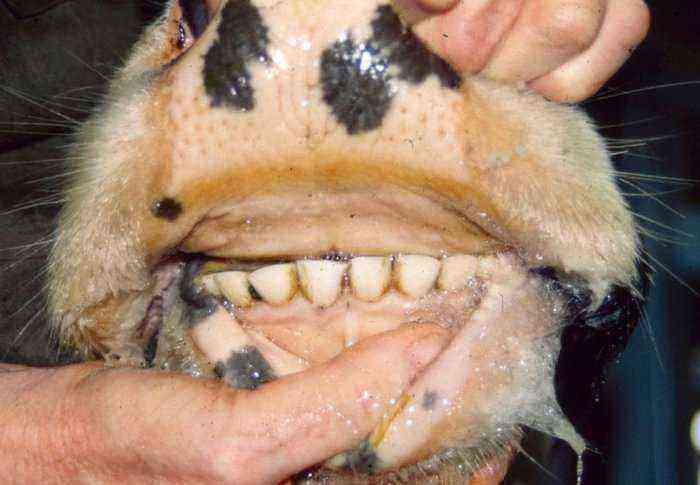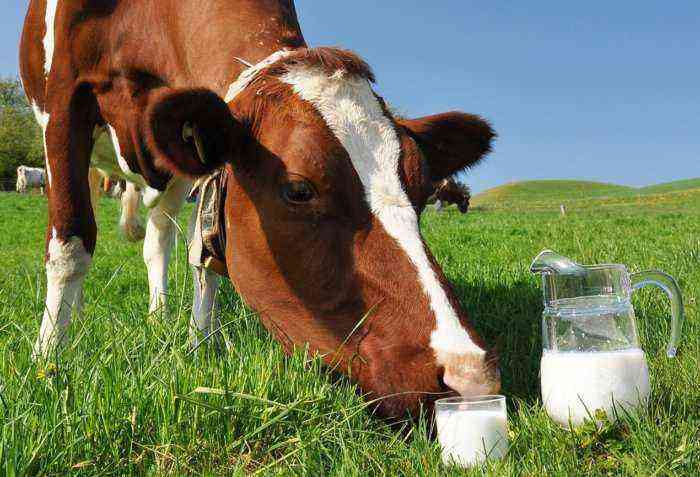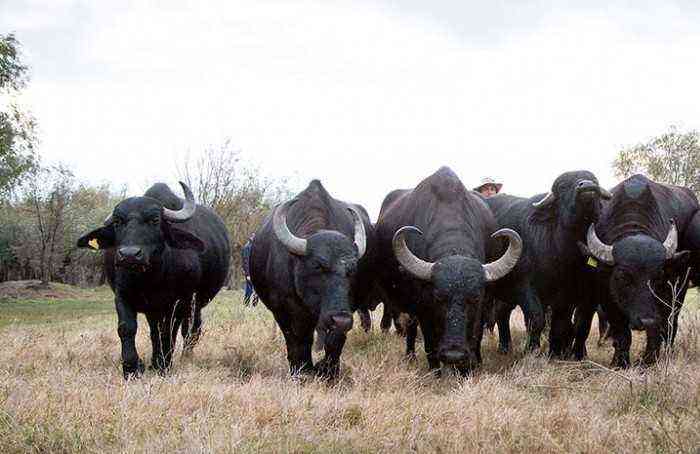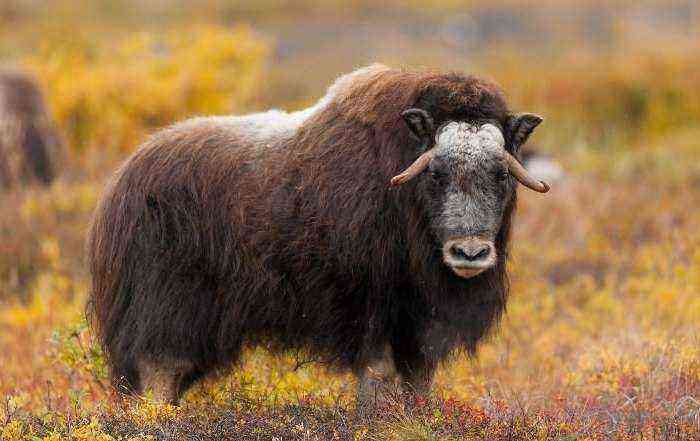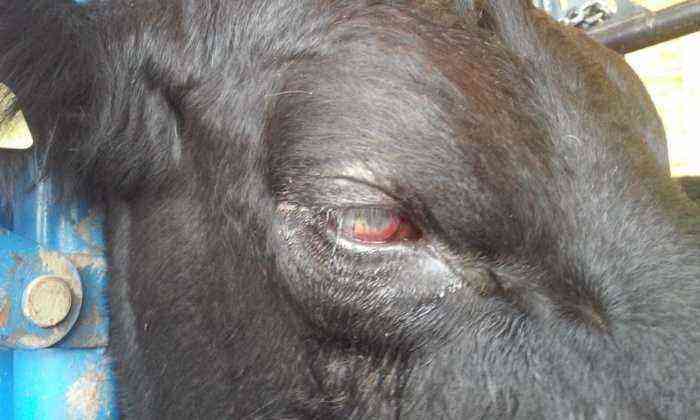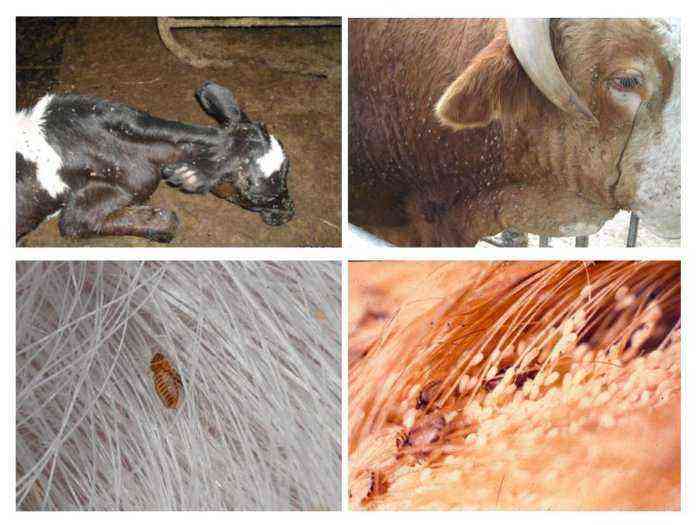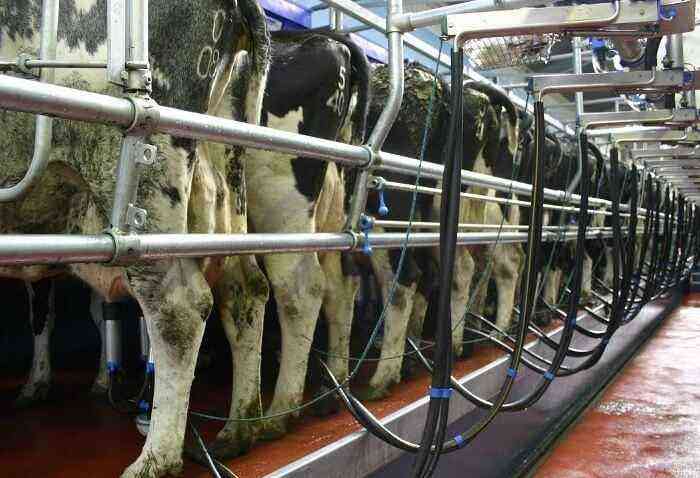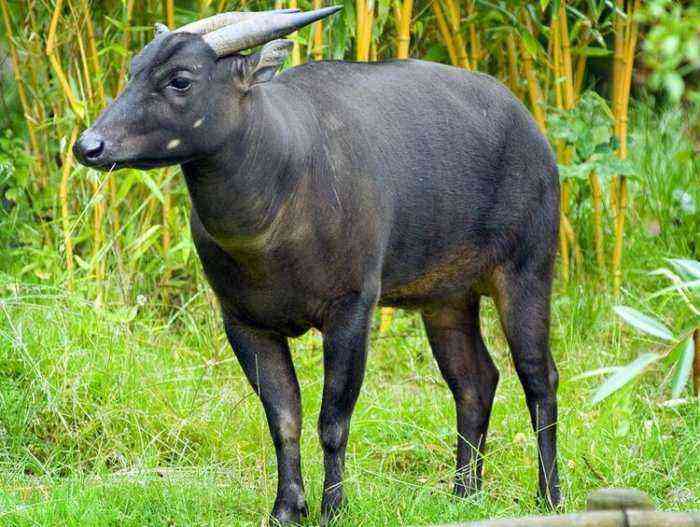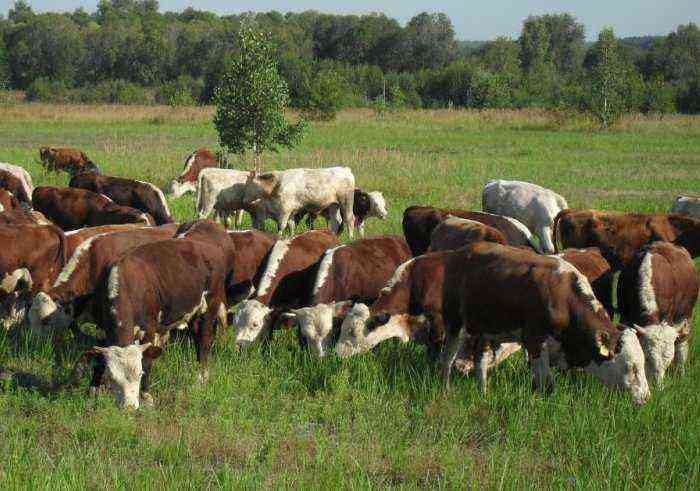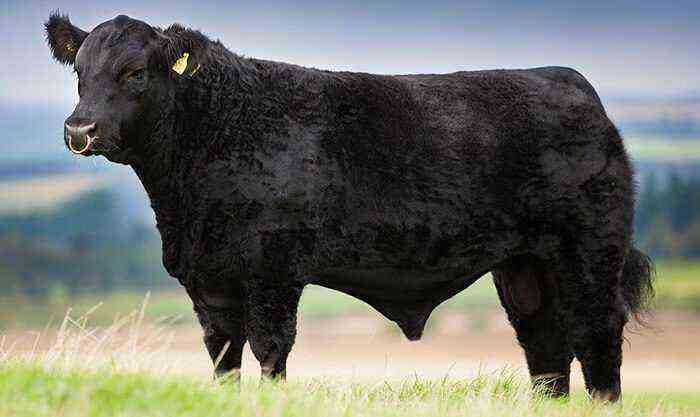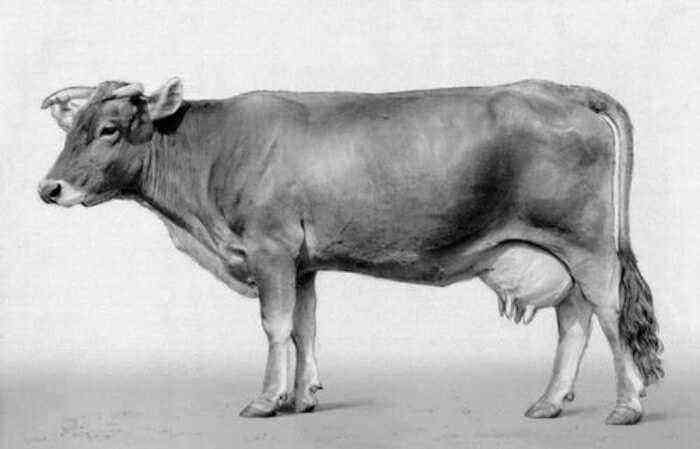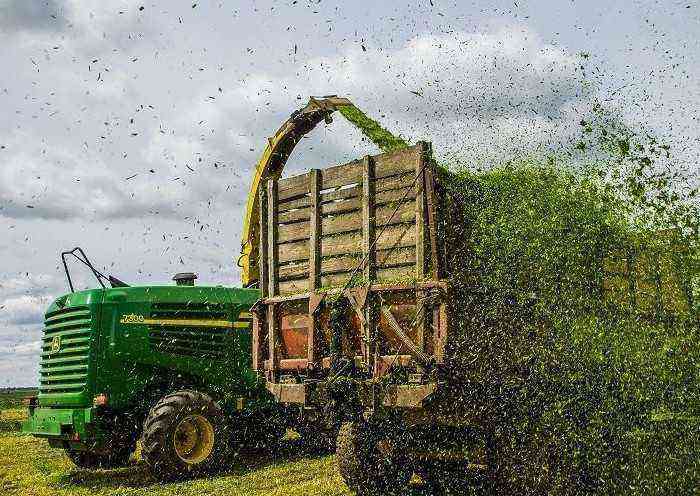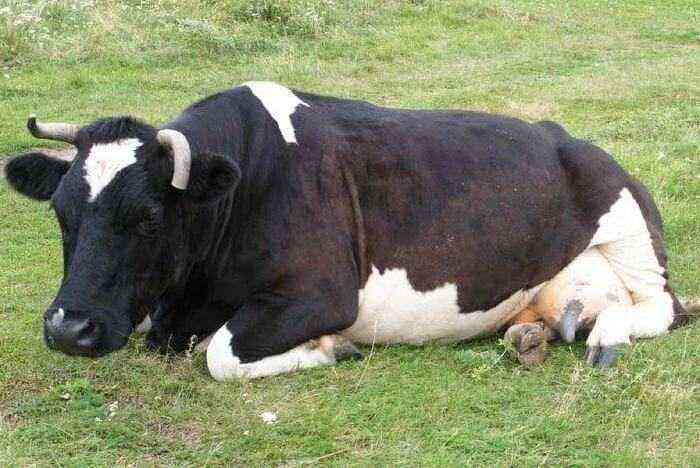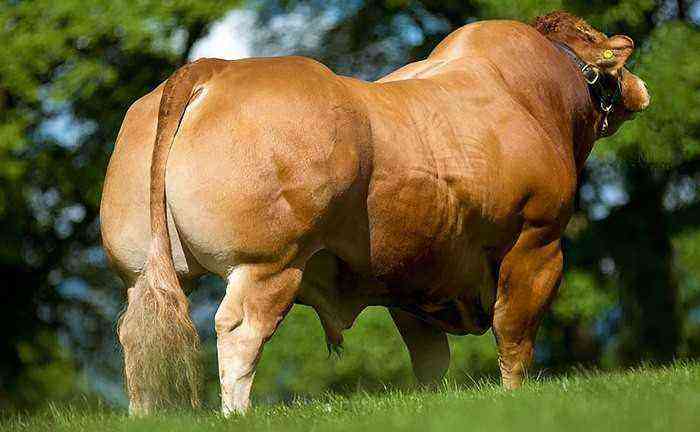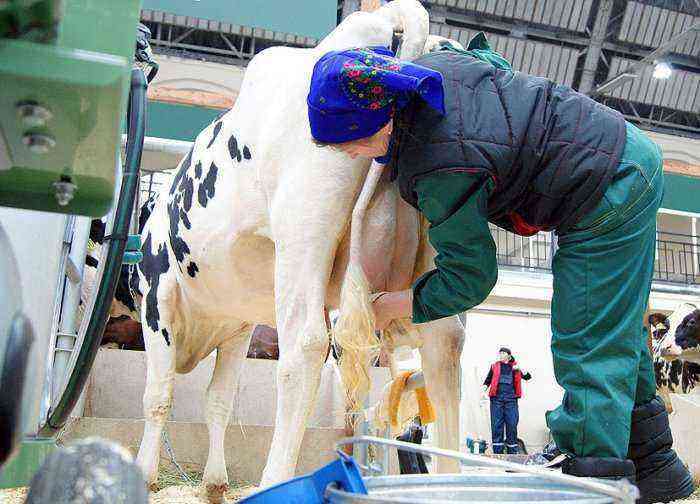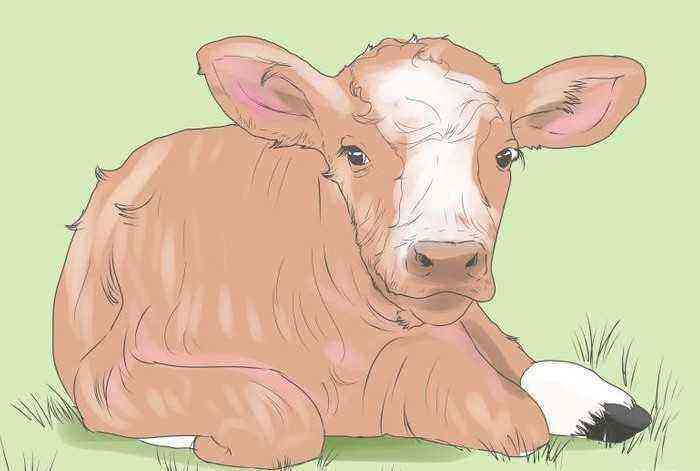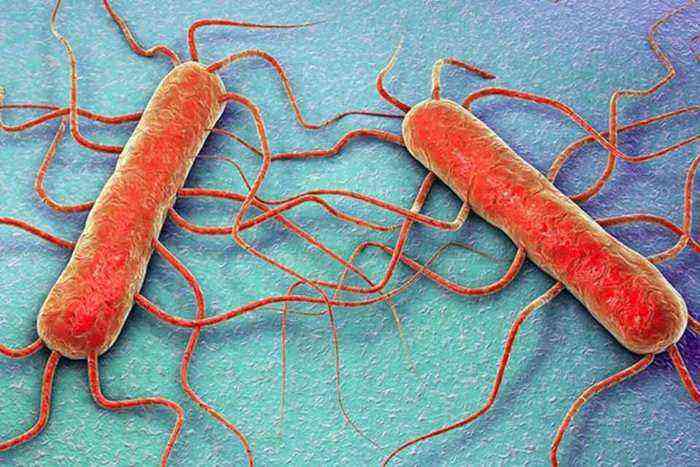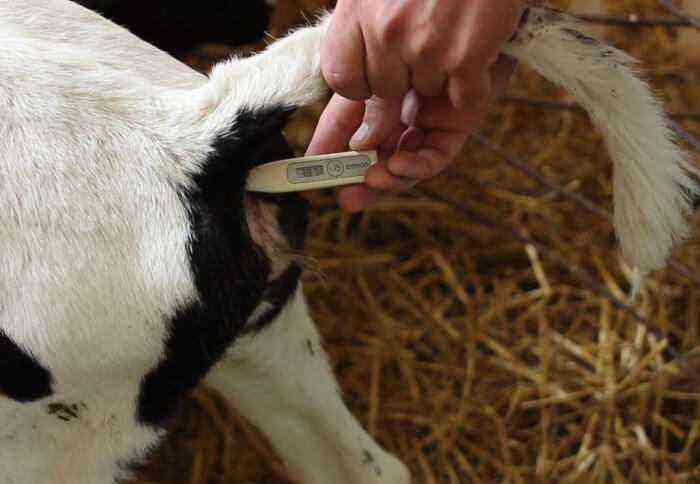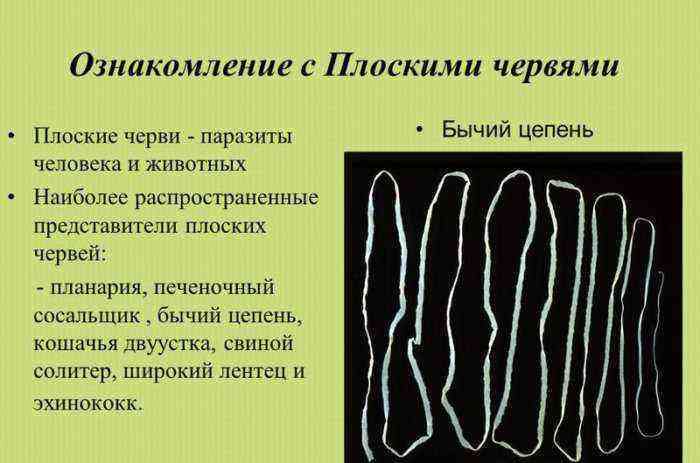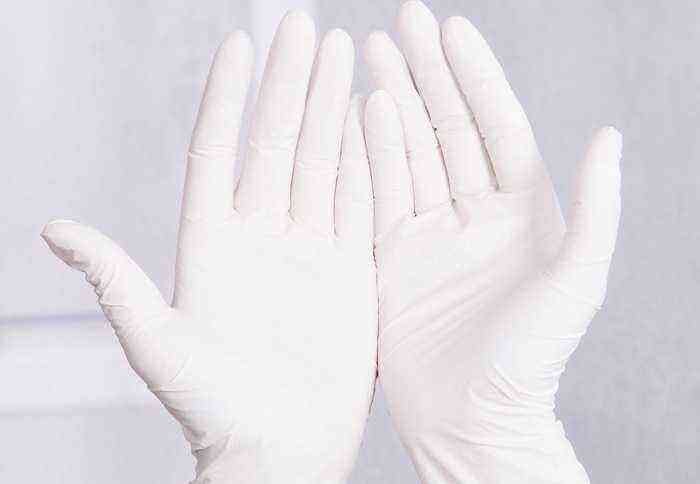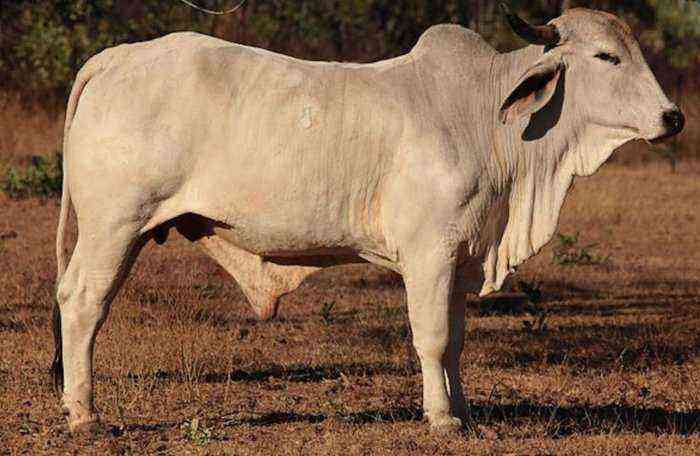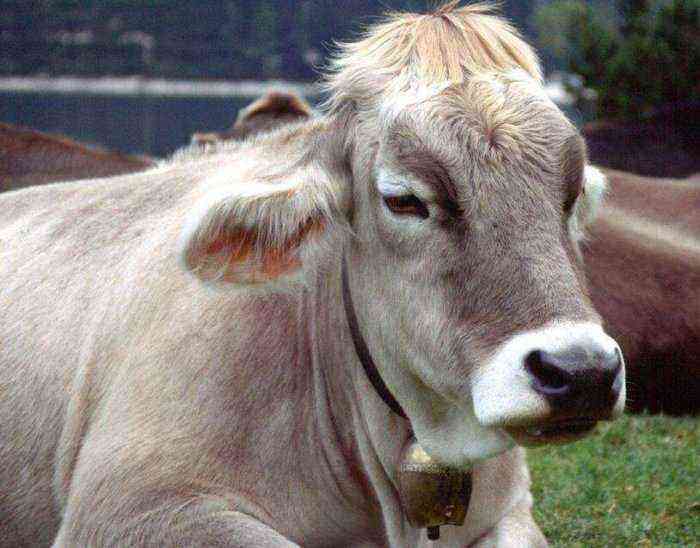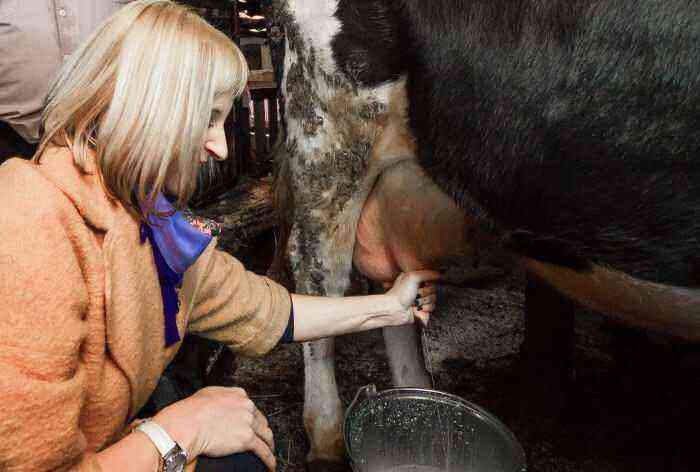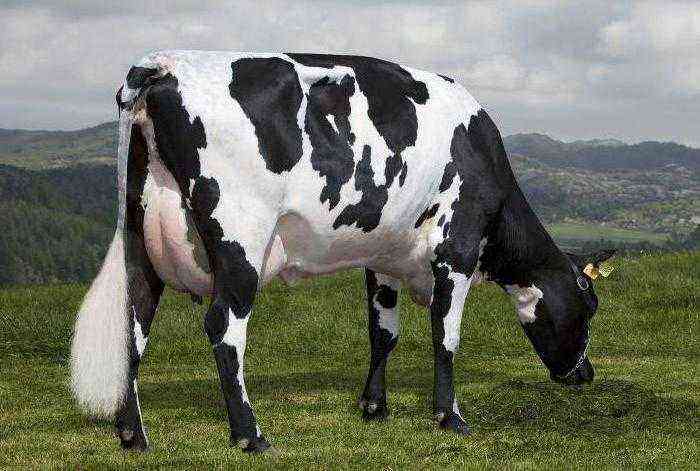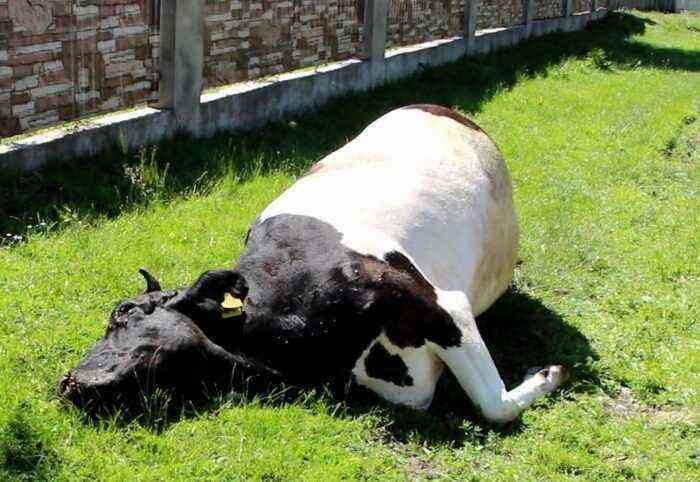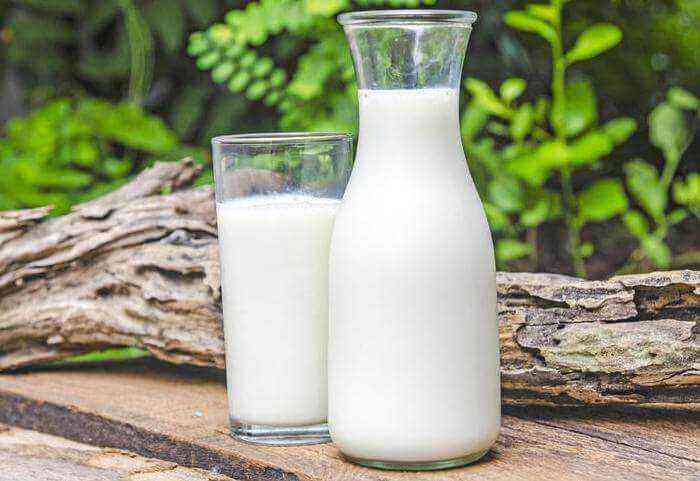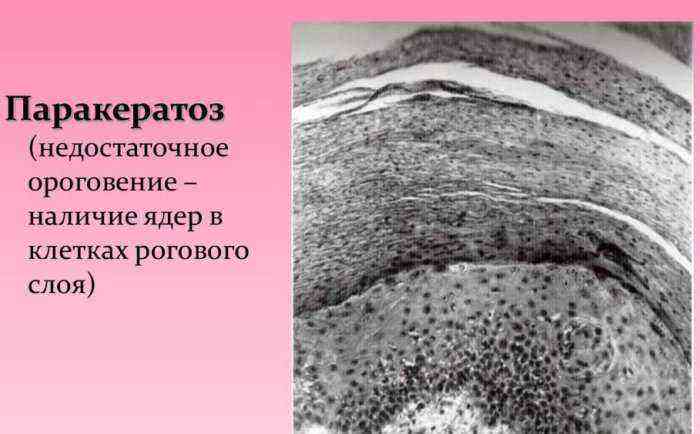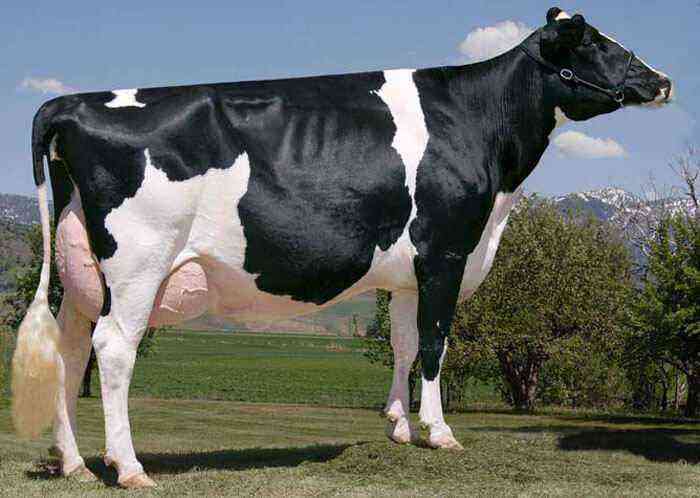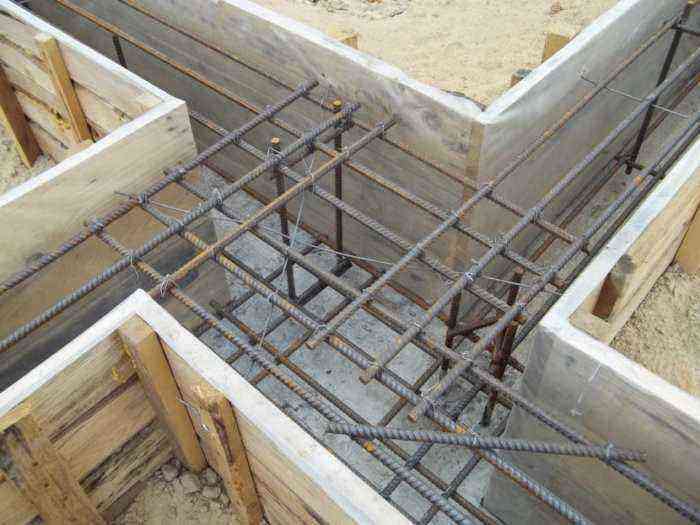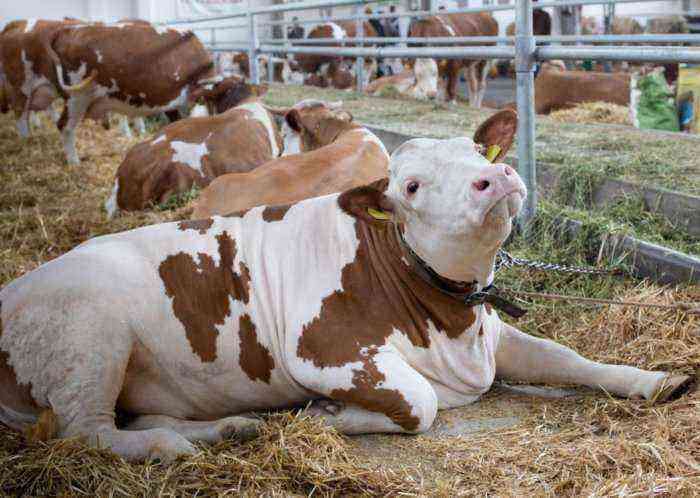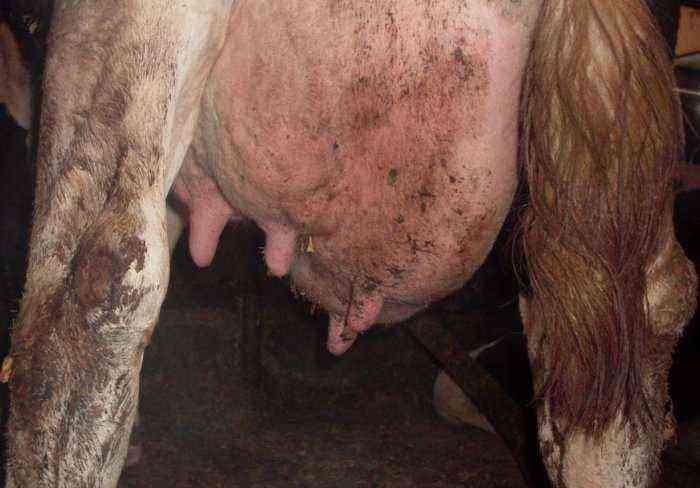Blockage of the esophagus in cattle is an acute condition characterized by complete or partial occlusion of the lumen of the esophagus by large fragments of feed or a foreign body. Such a pathology requires immediate human intervention, because if the animal is not helped, it may die. What are the symptoms of such a condition, how to treat cattle, will be discussed in this article.
Cattle on pasture
Possible reasons
There are two types of blockage in the esophagus:
- Complete – when the lumen of the esophagus is completely blocked.
- Partial – the lumen is not completely blocked, for example, when a flat foreign body enters.
The cause of complete blockage is most often the rapid consumption of the first portion of large feed by the animal.. The rapid ingestion of unground potato tubers, the remains of a cabbage head, beets leads to the fact that food fragments get stuck in the narrowest part of the esophagus and cannot pass further into the stomach or go back. Often this is facilitated by the fright of the animal at the time of taking the feed, as a result of which a spasm of the walls of the esophagus occurs. The lumen becomes narrower, a large fragment of food, a large foreign body (a rag, a root crop, a phytobezoar, etc.) gets stuck in it. This can happen not only with a sudden spasm, but also with other disorders of the function of this organ and its pathologies:
- With muscle paralysis.
- With narrowing of a separate section of the esophagus.
- In paresis.
- With edema or swelling of the walls of this organ.
Partial obstruction of the esophagus occurs when an animal accidentally swallows an elongated foreign body, such as wood chips, nails, hairpins. Such objects, having taken a horizontal or inclined position, cannot pass into the stomach, as they stick into the wall of the esophageal tube and remain there. In the future, this can lead to inflammation or swelling at the site of the foreign body, tumors, and even tissue necrosis.
Ingestion of foreign bodies of an elongated shape
Symptoms of a blockage in the esophagus
A characteristic feature of the blockage of the esophagus is that the symptoms of this condition appear abruptly, as the animal begins to feel severe discomfort. Consider what manifestations are characteristic of this state:
- The animal is worried, looks scared, does not eat.
- The mouth is open.
- The cow (horse) makes swallowing movements, trying to push the foreign body into the stomach.
- The chewing gum disappears, but the chewing movements are idle.
- The belching stops.
- The animal shakes its head.
- Salivation is noted, and saliva is predominantly frothy.
Reference. Complete blockage of the esophagus leads to gastric arrest, accumulation of gases in the rumen, constipation, in connection with this, the animal’s condition worsens.
As flatulence develops, other symptoms appear:
- the cow is more worried;
- it becomes difficult for her to breathe;
- she tries to beat herself in the stomach with her hoof;
- waving its tail;
- gradually begins to cough;
- shortness of breath appears;
- mucous membranes become pale.
It’s harder for a cow to breathe
With partial blockage of the esophagus of cattle, attempts to eat food can be noticed, but they are not effective, since swallowing is difficult. However, the animal drinks and eats liquid food. On palpation in the area of the jugular groove, a seal can be felt. If you notice these symptoms, you should call a veterinarian for examination as soon as possible.
Attention! Both complete and partial blockage of the esophagus is dangerous for the life of cattle. It is impossible to delay with veterinary help.
How to fire up a cow’s stomach?
Initially, blockage of the lumen of the esophageal tube does not cause much concern to the animal, although its behavior does change. The most pronounced symptoms of pathology are found when the stomach stops. At this time, gases accumulate in the scar, pressure on the diaphragm increases. At the same time, the animal breathes superficially and often. If you do not provide assistance, then in a day a fatal outcome from asphyxia is possible. With symptoms of tympania, the scar is punctured with a trocar.
Attention! The perforation of the scar should be performed by a specialist.
To alleviate the condition of the animal, it is necessary to start the stomach of the cow. However, first you need to remove the foreign body from the esophagus that caused the blockage.
Before performing any procedures aimed at extracting a foreign body, the cow must be injected intravenously with 150-200 ml of a hydrochloride solution or a subcutaneous injection of atropine sulfate. They also use Spazmalgon, No-shpu. These drugs relieve spasms. And to relieve pain, the esophagus is irrigated with a solution of novocaine.
Novocaine solution
The cow is fixed so that it cannot move, a wedge is inserted into the mouth between the molars. About 100-150 ml of vegetable oil or mucous talker should be injected into the esophagus. If the foreign body is located in the neck, first try to remove it by massaging the pharynx from the outside in the upward direction. If these actions fail, then the veterinarian can remove the object from the cervical esophageal tube with the fingers.
Another way to help the animal is to pull blood by the tongue to induce vomiting. Together with the vomit, the object usually comes out if it is located in the upper part of the esophageal tube.
Attention! When manually removing a foreign body, wrap your hand in a towel to avoid injury.
If the object is stuck in the lower part of the cervical esophagus or in the chest area, from where it is impossible to get it with your hands, then you need to push it with a probe into the scar. Do this carefully, creating pressure on the foreign body, gradually moving it towards the stomach. Do not allow sudden movements and excessive pressure, this is fraught with injury to the wall of the esophagus or its perforation.
If no measures helped to remove a foreign object from the esophagus, an emergency operation is needed – esophagotomy.
After removing the foreign body from the esophagus, the animal is not fed for a day, while drinking is not limited. Then for 2-3 days the cow is fed with food that is easily digested – talkers, fresh soft grass.
Folk methods
To start the stomach of a cow, folk remedies are also used – tinctures, talkers, herbal decoctions. Let’s consider some of them.
Packet of yeast
- A pack of yeast is diluted in a glass of warm water and left to swell. After half an hour, 100 grams of granulated sugar is dissolved in a glass of vodka, yeast is introduced into this mixture, mixed thoroughly. Water is added to the tincture to end up with a liter of the product. The medicine is given to the cow to drink half a liter in the morning and in the evening.
- A solution with vodka is not suitable for a calf cow, it can be offered herbal decoctions that stimulate digestion. For example, chamomile, flaxseed or yarrow. Prepare the remedy on the stove by brewing 20-25 grams of raw materials with a liter of boiling water. The broth is simmered over low heat, then insisted and filtered.
- If the calf’s stomach has stopped, you can start it with cucumber or tomato pickle, mineral water or lactic acid.
Attention! It is unacceptable to give drink and food that causes fermentation to a cow if the foreign body has not yet been removed from the esophagus, as well as when gases accumulate in the rumen. First, the object stuck in the esophageal tube is removed, and then they work on starting the stomach.
Prevention
Farmers must be careful about what animals eat. You can not give cows unground tubers and root crops, as well as drive cattle near potato or beet piles.
In order to avoid accidental ingestion of foreign objects, farmers are required to clear pastures of litter, monitor cleanliness in the paddock and barnyard. Special briquettes with vitamin and mineral components or lizukha salt should be left in the feeders (with a lack of vitamins, animals lick walls, plaster, eat earth and sand, swallowing foreign bodies).
If the cow’s stomach does not work, this can lead to the death of the animal from suffocation, cause swelling and necrosis of the tissues of the wall of the esophageal tube. Noticing that the animal does not eat, lies with its mouth open, swallows, shakes its head, does not defecate, you need to act quickly. The foreign body should be removed and the stomach started. It is best to entrust this responsible matter to a veterinarian.
